In all the names of mythical and semi-mythical beings in history, there are few if any that rank more highly than that of King Arthur and his legendary knights of the Round Table. Quite why people get so worked up about someone who was for a long time largely thought to be a work of fiction when there are so many documented incredible people who led incredible lives is worthy of debate itself.
That is until you actually read the adventures of King Arthur and his knights. Highly entertaining and with a moral compass that would make Superman look evil and the adventures of Captain Kirk look like a walk in the park. Almost single-handedly inspiring the English values of chivalry, law and fairness and an entire later way of life. Like Robin Hood, arguments rage over where on the scale he should actually sit between being 100% real and 100% fictional. Whilst there is evidence both for and against both of these chivalrous heroes, King Arthur must be the most important if only for being the foundation of our culture… or not if he didn’t exist at all.
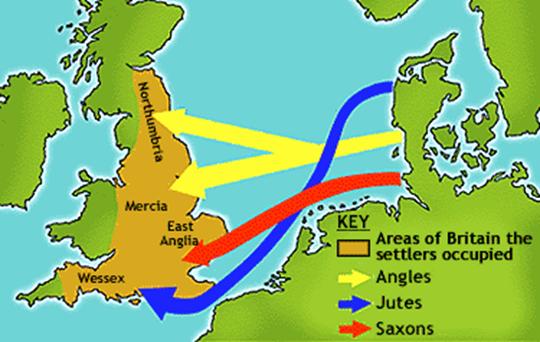
King Arthur is assumed to have lived in that period of history known as the Dark Ages. Dark purely because the supposedly enlightened Roman Empire had ended and as is it assumed that civilisation took a step back as well as the recording of events at the time. However, as we all know, history is written by the victors and despite what Roman propaganda would have us believe, Europe was bursting with wealthy and ‘civilised’ nations from the Dacians in what is now Romania to Britannia both before and after Pax Romana. When the increasingly dodgy Roman Empire finally collapsed under the weight of barbaric incursions and popular uprisings, the Romans abruptly left Britannia to its own fate. The people there not certain whether it being a temporary event or a permanent change in world affairs.
The Romans ruled Britain slightly on the cheap. They encouraged the leaders of certain tribes in Britain to at first accept and then take part in Roman life. It wasn’t much more than bribery, the Roman relied on the British leaders to keep their peoples happy and in return an elite would enjoy the benefits of Roman civilisation. It also meant that the Romans didn’t have to have a huge army sitting out at what was always on the edges of their empire.
With the Romans, who for centuries had been the top dog in Britain, finally gone then the inmates could in fact take over the asylum. Independent kingdoms arose out of the ashes whilst all the while, the greedy eyes of invaders from Scandinavia, Denmark and Germany (the very first were invited by a Romanised Briton who needed hired hands as heavies but they soon saw that they could take the lands for themselves) saw the rich lands to their west now all but defenceless and they attacked, settled and colonised. The stability of the Roman era vanished but it is thought that amongst all the chaos, there were a few individuals who fought to uphold civilisation, law and order whilst also standing up to the invasions and it is likely that if he did indeed exist then King Arthur would be such a man.
King Arthur is assumed to have ruled a kingdom in the late 5th and early 6th century. His first appearance in history books however is not until the 9th century. Geoffrey of Monmouth in his precious work ( Historia Regum Britanniae (History of the Kings of Britain)) made mention of Arthur and it is likely that he referred back to much older folk tales of Arthur in mostly Celtic parts of the country. It is due to a lack of literary evidence from the Arthurian period itself (and the immediate centuries that followed) that detractors dismiss the idea of King Arthur or now more popularly claim that the legend embodies the acts and achievements of more than king of ancient Britain.
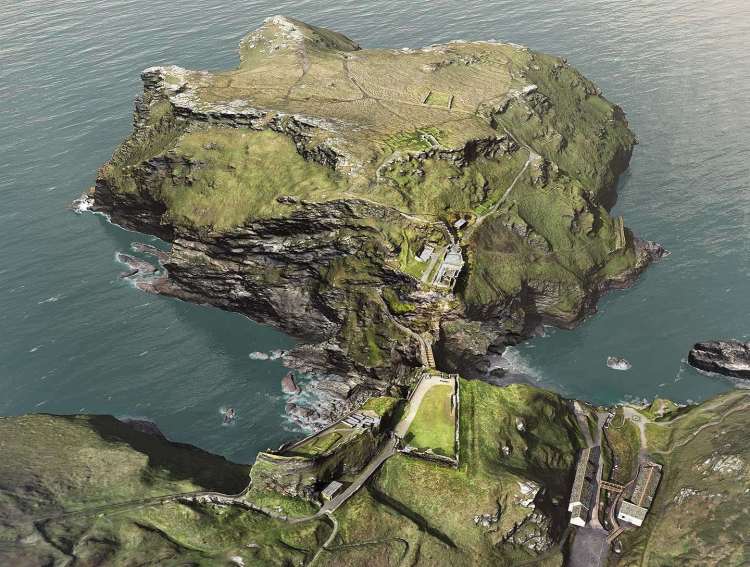
A major problem has always been the claim that Arthur was born in a fabulous palace at Tintagel, Cornwall, in the far SW tip of England. There are in fact the ruins of a splendid castle at Tintagel which for centuries people assumed had to be related to King Arthur. By the 20th century however, it became clear that this spectacularly sited ruined medieval castle wasn’t even constructed at the at the time Geoffrey wrote his historical works and so Arthur could not have lived in it… in fact it added to the weight of opinion that King Arthur was just a romantic story.
Last week, however, it was revealed that the first ever significant major construction work from Dark Ages Britain has been found. Irrelevant of King Arthur, this is a huge academic milestone. Interestingly though, this discovery has been made at Tintagel. So far, around a dozen buildings have been discovered. Some with metre (3 feet) thick walls and flag stoned floors. It has been discovered that they had fine pottery and glass imported from as far away as Turkey and North Africa and they drank wine in beautifully decorated glasses from France.
Archeologists believe that they have happened across the ancient centre of Dumnonia which ruled SW Britain for around two centuries before for not entirely clear reasons, it fell into disuse, possible due to a Black Death plague type event which occurred then and is known to have decimated the population.
It is now believed that the whole Tintagel peninsular is home to dozens more lost buildings of Dumnonia and showed just what a thriving place this part of Britain was. Whilst eastern lands were subjugated by the Saxons and Danes, the western parts were still ruled by native British. What’s more, just as before the Roman Empire, these people were outward looking and happy to trade with civilisations around the world. Cornwall itself of course was famous for its tin mines and so had commodities which people even in Africa and the Middle-East were desperate to trade for. It’s possible that British lands were even members of a qasi-national trade organisation or even imperial empire overseen by the inheritors of the Romans, the Byzantines in Constantinople or what is now known as Istanbul.
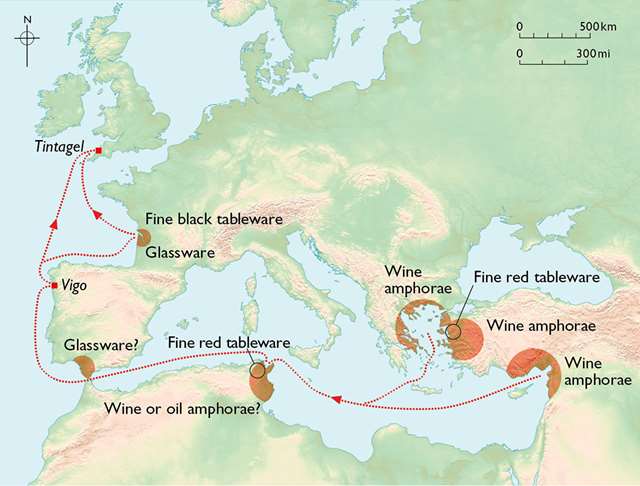
Of course, none of this proves King Arthur was a real man to unbelievers but there is no denying now that at the time of King Arthur and in the place where King Arthur is said to have been born, that a powerful centre of civilisation existed which was known to historians of a millennia ago and yet long since lost to those that followed.
It takes more than a blog post to prove that King Arthur existed but increasingly historians do seem to agree that he did in some way at least. Most myths and legends have a factual starting point even if it is so far removed from the following legend that it is almost unrecognisable and it seems King Arthur is so deeply entrenched in mythology and from separate sources that he can’t be wholly fabricated.
Both the Historia Brittonum (History of the Britons) and Annales Cambriae (Welsh Annals), state that Arthur was a genuine historical figure, a Romano-British leader who fought against the invading Anglo-Saxons in the late 5th to early 6th century.
The 9th Century Historia Brittonum lists 12 battles that King Arthur fought, including the Battle of Mons Badonicus, where he is said to have killed 960 men – but some scholars have dismissed the reliability of this text.
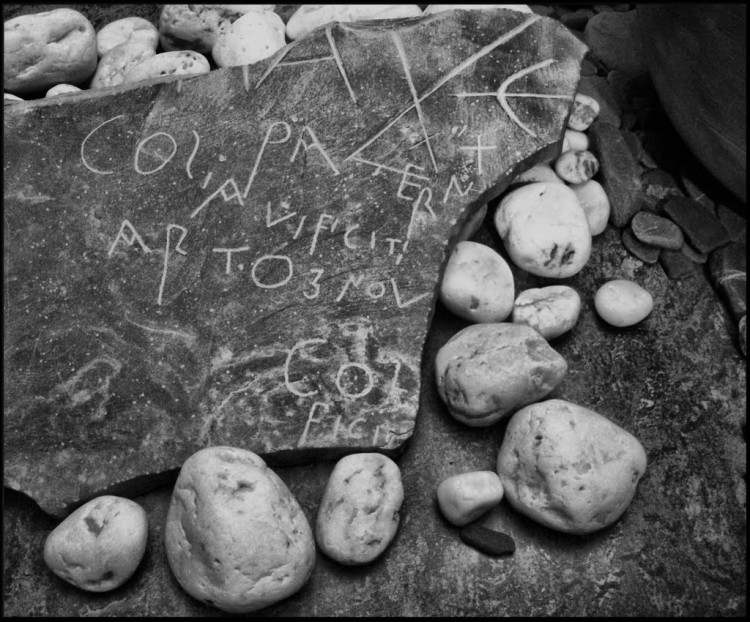
The idea of Tintagel being related to King Arthur was boosted in 1998 with the discovery of a slate engraved with ‘Artognou’.
Silchester was the site of King Arthur’s coronation and was able to continuously defend itself against the Saxons. Interestingly but not entirely straw-clutchingly, the Roman name for Silchester was Calleba – similar to the name given to Arthur’s sword, Excalibur.
One of Arthur’s celebrated battles against the Saxons was fought at Chester or the City of the Legion, as it was known in the Dark Ages. Archaeologists have discovered evidence of battle at nearby Heronbridge, and recent excavations show the amphitheatre was fortified during this period, with a shrine to a Christian martyr at its centre. This fits a description of Arthur’s Round Table, which was said to be a very large structure, seating 1,600 of his warriors.
During the 1960s, excavations by Philip Rahtz showed someone had inhabited the top of Glastonbury Tor during the so-called Arthurian period. According to the legends, this could have been King Meluas, who abducted Queen Guinevere to his castle at Glastonbury, or Arthur’s warrior Gwynn ap Nudd, who was banished from his Palace on the Tor.
In 1191, monks at Glastonbury Abbey found the body of a gigantic man, wounded several times in the head. The bones of his wife and a tress of her golden hair were also in the oak coffin.
Found with the burial was an ancient lead cross, inscribed with ‘Here lies buried the famous king Arthur with Guinevere his second wife, in the Isle of Avalon’.
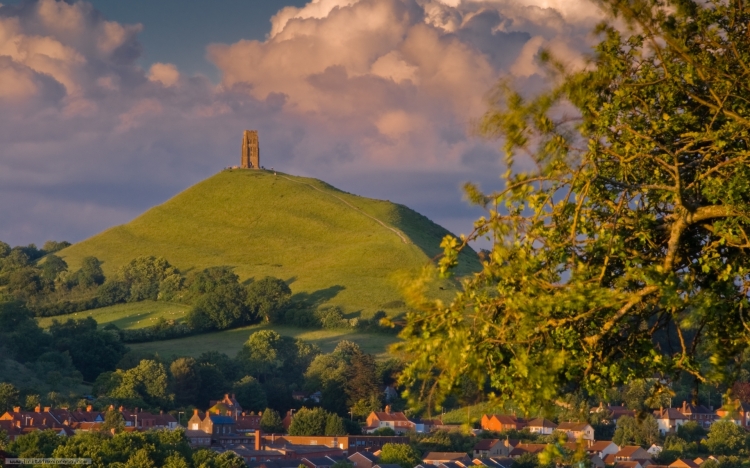
In 1962, archaeological evidence was found supporting the story that a tomb within the ancient church had been disturbed centuries previously. The whereabouts of the cross and bones are no longer known.
Whilst King Arthur is not mentioned in the Anglo-Saxon Chronicle or any documents written between 400 and 820 – including Bede’s Ecclesiastical History of the English People, could it be that as a defender of the land and enemy of the newly arriving Angles and Saxons, little mention would be made of this man who if real must have been a huge thorn in their side?
Great post! In in Scotland currently, and have this antidotal sense, that much more about humans habitation of this series of islands is yet to be discovered? The absence of manuscripts from those dark ages makes piecing together a story much more reliant on archeological findings. That takes time, and technology has only recently given us advanced tools to make the process exponentially more efficient.
LikeLike
Recently watched “Mystery Files” – King Arthur (season 1, episode 4) on Netflix and found it very interesting so I enjoyed this post.
If anyone has a US Netflix account the link to watch is https://www.netflix.com/watch/80114578?trkid=14277283&tctx=0%2C3%2C043bd136-8570-47c4-b64a-4450da8514da-12941874
LikeLike
Oh dear, no mention of Arthur being born by magic. Also many opinions given as facts. A great read though. Thank you.
LikeLike
Reblogged this on Gwynedd Blog.
LikeLiked by 1 person
Which Arthur? The personage we know as “King Arthur” is a composite figure. Plenty of candidates for those who contributed to the overall composite (http://Arthur.CircleOfLogres.com/).
LikeLiked by 1 person